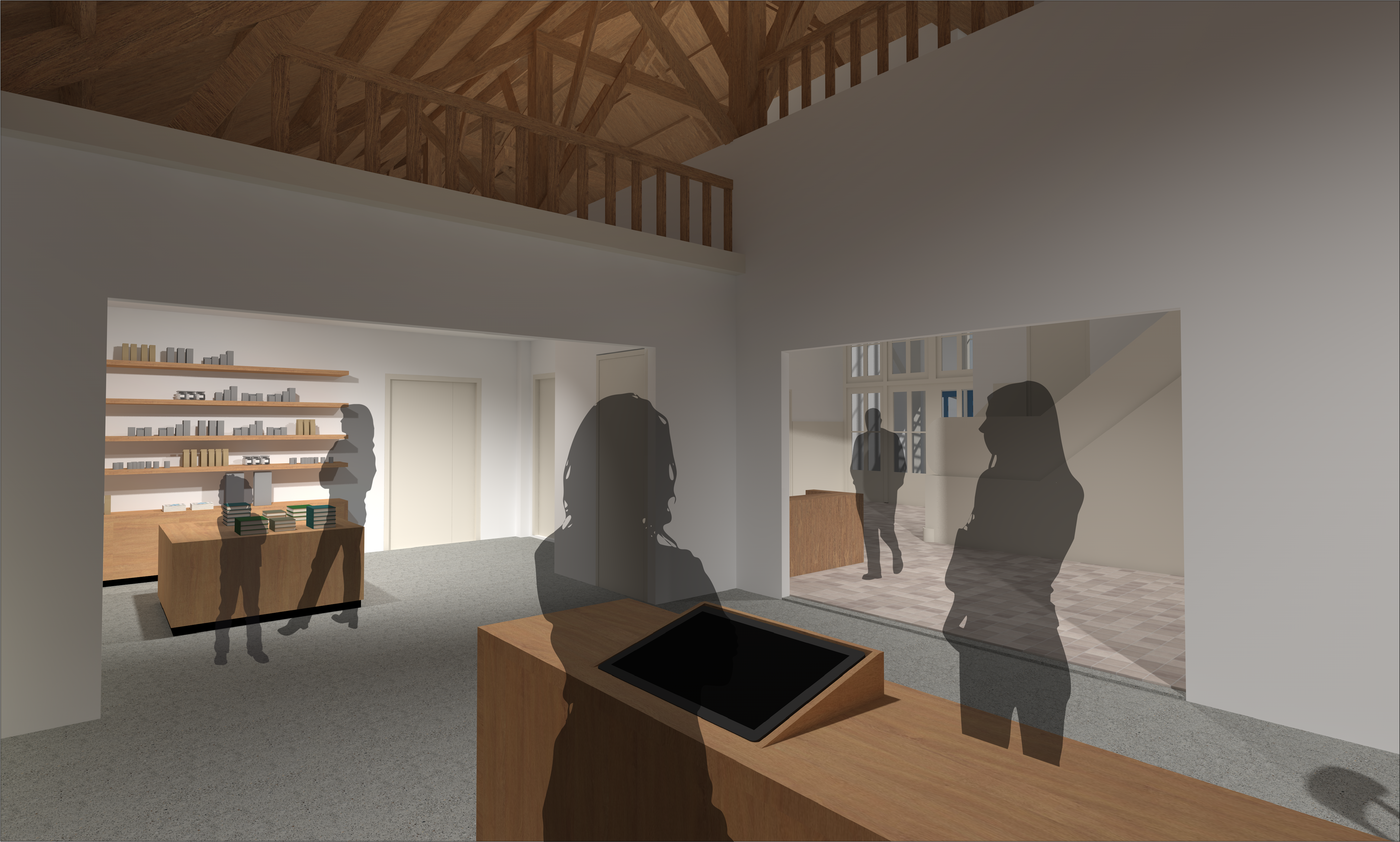The Jewish Work Village Memorial Museum honours the Jewish residents by telling their story in the place where they lived and worked between 1934 and 1941. At the same time, this exhibition tells the story of the Wieringermeer polder.
Starting in 1934, Dutch farmers from all corners of the country settled in this new landscape after a strict selection process, looking to found their own farm as well as create a better life. In that regard the Jewish refugees, as fellow pioneers, seamlessly blended into their new environment. The exhibition aims to keep their story alive: the optimistic story of pioneers looking for a new life, but also the story of the Second World War, antisemitism, oppression, prosecution, murder and destruction.
The exhibition concludes with the story of the polder in the present day and the role of migrant workers. The seasonal workers, who work here temporarily of settle permanently, tell their own story. The memorial museum covers 70% of the spaces in the community building.
Impression

Entrance
From the entrance, visitors walk directly through the hall to the entrance of the memorial museum. There immediate access to the hospitality area and shop with local products.

The second hall
Here, visitors learn about the residents of the Work Village, their reasons for coming to the Wieringermeer and where they ended up. There will be a timeline about the Second World War and a film about the raid of the Work Village in 1941.

The first hall
This space is dedicated to the origins and exploitation of the Wieringermeer. The residents of the Work Village are among the pioneers of the polder.

Ending in the present
In the last exhibition space, attention is paid to the post-war history of the Werkdorp and the contemporary polder pioneers: labor migrants who use the new accommodation next to the memorial museum.
Provisional floor plan of the memorial museum

Entrance
1. Counter 2. Store with local produce 3. Hospitality area
The Pioneers
4. Panoramafilm reclamation Wieringermeer 5. Outer layer: General development of the Jewish Work Village
History of the Jewish Working Village
6. Core: personal sories about the Work Village residents 7. Crafts 8. Holocaust - Sjoah / Second World War 9. Inundation polder
Jewish Working Village 1934 - present
10. Post-war period: Learning farm, Gallery Art & Project and new residents 11. Cooking with local vegetarian produce

